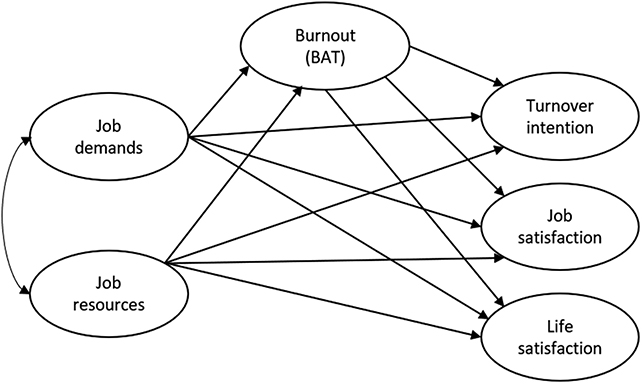ARTICLE AD
Ask someone how they are in today's increasingly hectic world, you'll often get a reply with some combination of tired and busy.
Identifying which co-workers are at the end of their tether, though, can require more than a quick check-in. An international team of researchers have now developed a tool to identify those most at risk of workplace burnout.
Officially called the Burnout Assessment Tool (BAT), it works through a series of questions designed to assess a person's mental and physical state at work through self-reported responses.
Not being an official medical condition, burnout has no formal diagnosis. Nonetheless, workplace burnout negatively affects us mentally and physically, and can often lead to other health problems.
The BAT spots signs and assesses risks based on data collected from 493 adults, calculating a score for certain symptoms in comparison to a national average of one of seven countries. Being able to identify that risk means steps can be taken to stop burnout from happening.
If you want to know how close to burnout you might be, you can try it for yourself online. Note that the list of relevant countries is currently limited to Austria, Belgium, Finland, Germany, Ireland, Japan, and the Netherlands, requiring some creative interpretation of the results for the rest of the world.
 The tool weighs up a host of different factors. (De Beer et al., Scandinavian Journal of Psychology, 2023)
The tool weighs up a host of different factors. (De Beer et al., Scandinavian Journal of Psychology, 2023)"Previously, we have not had a detailed enough measurement tool for use in both the field of practice and research that identifies workers who are at risk of burnout," says psychologist Leon De Beer, from the Norwegian University of Science and Technology (NTNU).
The tool looks at areas such as work-home conflict, workload, job satisfaction, and emotional stress. Questions include ones about feeling on autopilot at work, feeling sad without knowing why, and feeling unsure about the work's value.
After working through the questionnaire, you get several scores for each category at the other end, which indicates burnout risk. The researchers report that 13 percent of the 493 Norwegians they tested were at high risk of burnout. Similar trials are now underway in other countries.
As the researchers point out, it's in the best interests of employers to make sure their teams are functioning at full capacity.
"Not addressing the risk of employee burnout in time can have long-term consequences," says De Beer.
De Beer and his colleagues have also noted some of the factors that increase the risk of burnout: among others, unrealistically high expectations, rapid institutional change, low self esteem, and a lack of opportunity can all play a role.
It can quickly lead to exhaustion, mental distancing, and a reduced ability to regulate emotions, the researchers say. The good news is that it can be treated – and the earlier that burnout is recognized and those treatments are started, the better. The BAT should help both employees and employers in identifying the risk, and addressing individual as well as institutional change.
"We can deal with burnout through individual treatment, but it is of little use if people return to a workplace where the demands are too high and there are few resources," says psychologist Marit Christensen, from NTNU.
"It is then highly likely that the employee will become ill again."
The research has been published in the Scandinavian Journal of Psychology.

 1 year ago
74
1 year ago
74 

